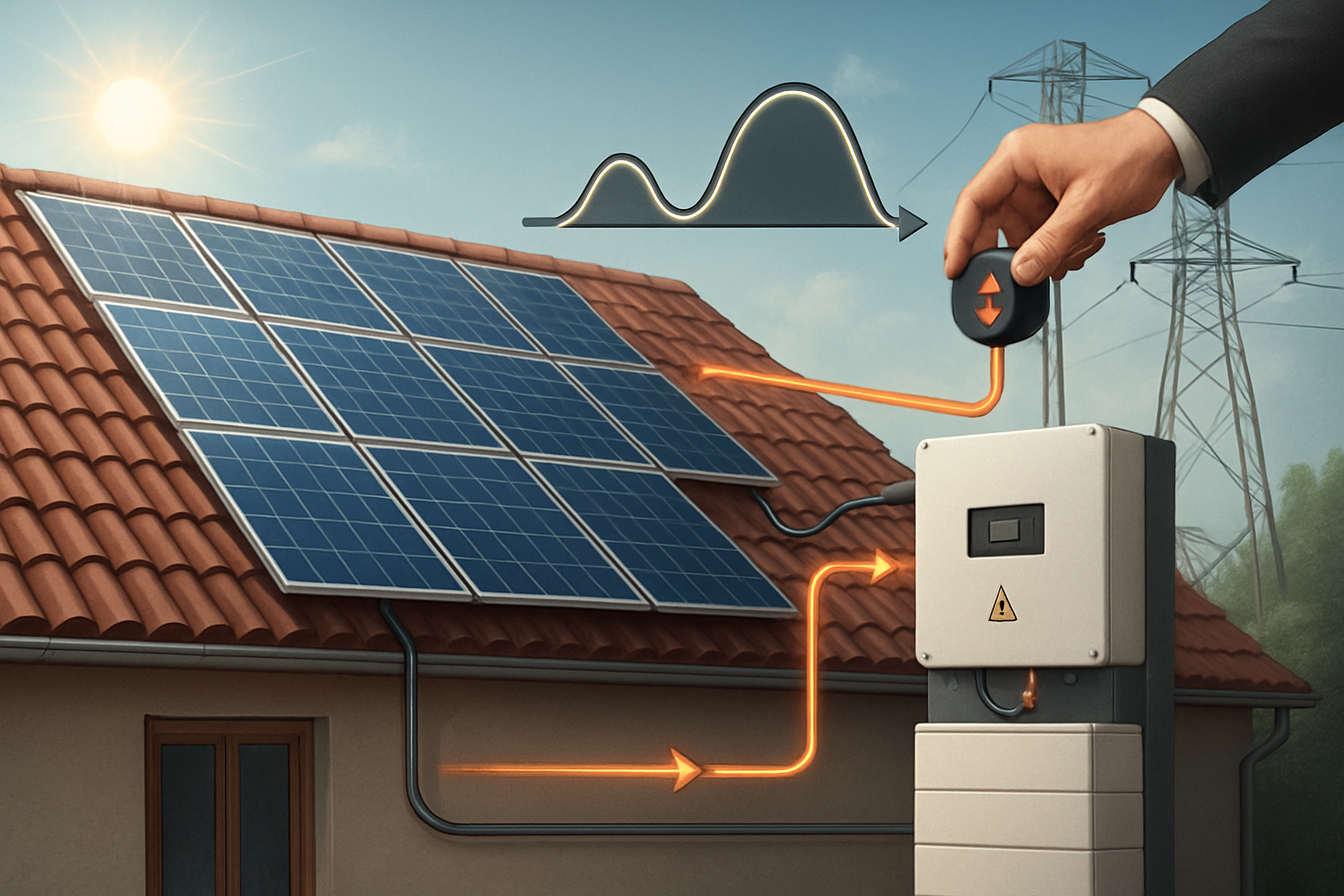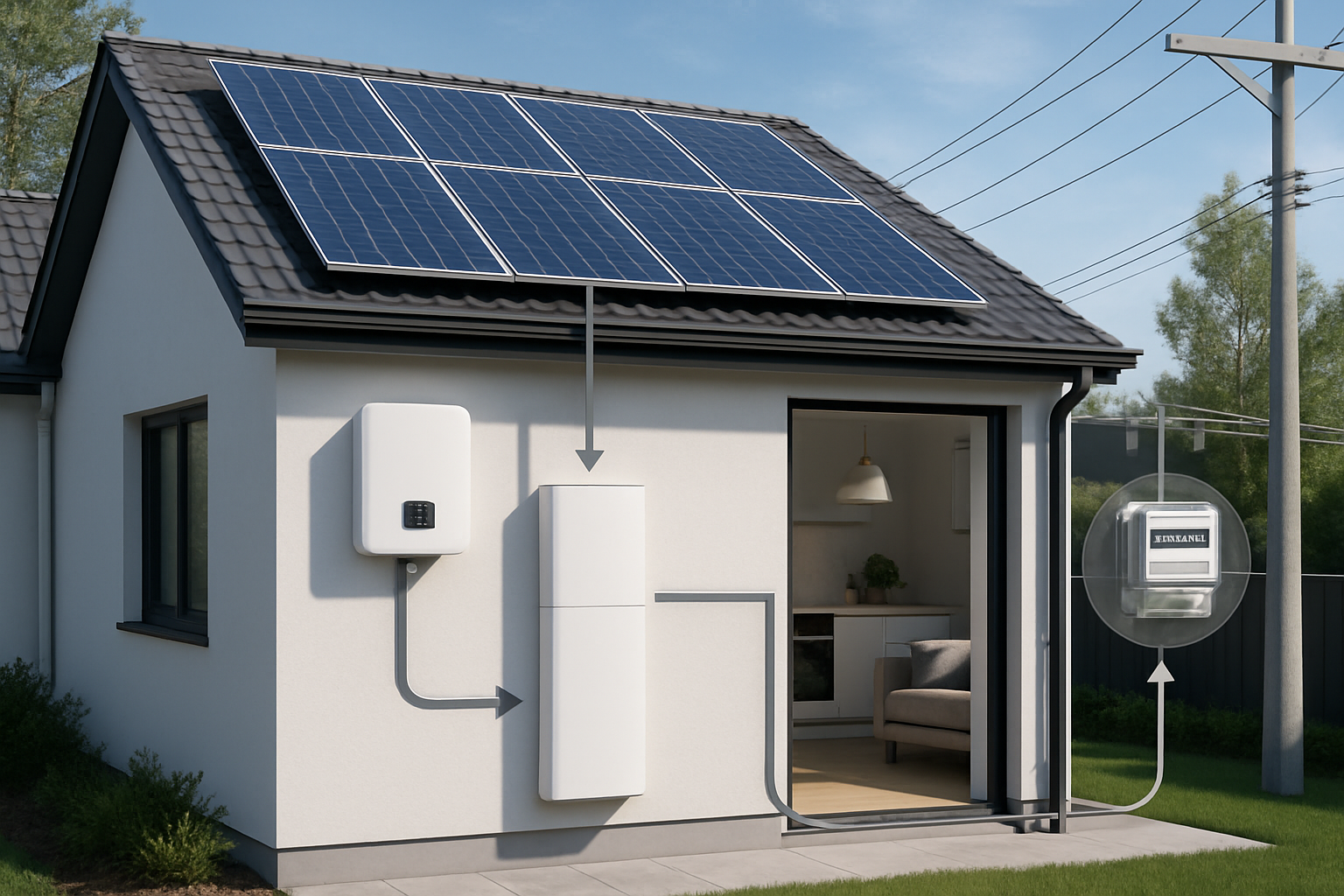Solar energy offers a powerful path to energy independence. However, a challenge known as solar curtailment can prevent you from fully utilizing the sunshine your panels capture. This occurs when excess solar electricity cannot be absorbed by the grid or used locally, leading to wasted generation. Fortunately, advanced solar forecasting platforms offer a strategic solution, helping you predict and manage solar output to minimize these losses.

Understanding Solar Curtailment
Solar curtailment refers to the intentional reduction of solar power generation below what an array could produce. This happens for several reasons, primarily grid limitations and economic factors. When the grid has more electricity than it needs, or when transmission lines reach capacity, operators may ask solar plants to reduce their output to maintain stability. Monthly profiles show that solar PV curtailment often increases significantly during summer months.
Economic curtailment also plays a role. This refers to situations where renewable energy volumes are bid out or dispatched down in balancing markets due to pricing signals. While the goal is always to maximize solar utilization, some studies suggest that operating high variable renewable energy (VRE) power systems with a degree of curtailment can be a cost-effective outcome, particularly as solar PV generation costs decrease.
The Power of Solar Forecasting in Curtailment Reduction
Accurate solar forecasting is a critical tool for managing variable renewable energy sources like solar PV. It provides predictions of future solar power generation, allowing grid operators and asset owners to make informed decisions. This proactive approach helps reduce the need for reactive curtailment.
Improved Grid Integration and Stability
Forecasting platforms provide grid operators with a clearer picture of anticipated solar input. This information is vital for balancing supply and demand, especially with increasing VRE deployment. Strong forecast and real-time data are essential for keeping technical curtailment rates low, even with high granularity in observability and controllability of power system units.
For instance, Spain’s TSO introduced an automatic power reduction system (SRAP) in 2022. This system automatically sends signals to units when it detects transmission grid constraints, ensuring curtailment occurs only when an incident takes place, rather than preventively. This system, which covered around 50 GW by mid-2024, relies heavily on strong forecasts and real-time data.
Optimized Energy Dispatch and Resource Management
For individual solar asset owners, accurate forecasts enable smarter energy dispatch. You can anticipate periods of high generation and plan to store excess energy in a home energy storage system (ESS) or adjust consumption patterns. This maximizes self-consumption and reduces reliance on the grid during peak demand, enhancing your energy independence.
Key Features of Effective Solar Forecasting Platforms
When evaluating solar forecasting platforms, several features stand out as crucial for effective curtailment reduction and overall system optimization.
Data Sources and Accuracy
High-quality forecasting relies on robust data inputs. These platforms typically integrate various data sources, including satellite imagery, weather models, and historical solar generation data. The goal is to minimize forecast errors, which are particularly relevant for system planning and operation. Forecasts looking ahead only a few hours tend to be more accurate than day-ahead forecasts.
The 2022 Year in Review: Climate-driven Global Renewable Energy Potential Resources and Energy Demand report highlights the importance of early warning systems, emphasizing detection, observation, monitoring, analysis, and forecasting as key components.
Prediction Horizon and Granularity
Effective platforms offer a range of prediction horizons, from short-term (minutes to hours ahead) for real-time operational adjustments to medium-term (days ahead) for strategic planning. Granularity, meaning the level of detail in the forecast (e.g., specific geographical areas or individual arrays), is also vital for precise management.
Integration Capabilities
A powerful forecasting platform integrates seamlessly with other energy management systems. This includes your solar inverters, energy storage systems, and potentially even grid operator communication protocols. Such integration allows for automated responses to forecast data, such as adjusting inverter output or initiating battery charging cycles to store anticipated excess generation.
Practical Applications and Benefits
Deploying solar forecasting platforms delivers tangible benefits for both grid stability and individual solar asset owners.
Enhanced Revenue for Solar Asset Owners
By accurately predicting solar output, you can better manage your energy. This means less wasted energy through curtailment and more opportunities to use or sell your generated power efficiently. Optimized dispatch can lead to higher self-consumption and improved financial returns on your solar investment.
Increased Grid Reliability
For utility-scale solar and grid operators, forecasting tools are indispensable. They help manage the variability of solar power, reducing the need for costly reserve capacity and preventing grid congestion. This contributes to a more stable and resilient electrical grid, which is crucial for the ongoing integration of renewable energy.
Choosing the Right Solar Forecasting Solution
Selecting a solar forecasting platform involves considering your specific needs. Evaluate factors such as the accuracy of the forecasts for your region, the platform's integration capabilities with your existing hardware (like hybrid inverters and LiFePO4 batteries), and the level of support provided. Prioritize solutions that offer high granularity and a proven track record in reducing curtailment events.
Looking Ahead
Solar forecasting platforms are instrumental in overcoming the challenges of solar curtailment. By providing accurate predictions and enabling proactive energy management, these tools empower you to maximize your solar energy utilization, enhance grid stability, and move closer to true energy independence. As solar adoption continues to grow, the role of intelligent forecasting will only become more critical in shaping a resilient and efficient energy future.
Frequently Asked Questions (FAQ)
What is the primary benefit of solar forecasting for homeowners?
For homeowners, the primary benefit is maximizing the use of your self-generated solar power. By knowing when your panels will produce the most energy, you can strategically use appliances, charge electric vehicles, or store excess energy in a home battery, reducing reliance on grid electricity and cutting utility bills.
How accurate are solar forecasts?
Solar forecast accuracy varies depending on the platform, data sources, and prediction horizon. Short-term forecasts (a few hours ahead) are generally more accurate than day-ahead forecasts. Continuous improvements in meteorological modeling and machine learning are steadily enhancing their reliability.
Can solar forecasting completely eliminate curtailment?
While solar forecasting significantly reduces curtailment, it may not eliminate it entirely. Curtailment can sometimes be a cost-effective outcome for grid stability, even with advanced management. However, forecasting ensures that any necessary curtailment is optimized and minimized, preventing unnecessary energy waste.
Are these platforms only for large-scale solar farms?
No, while large-scale solar farms widely use these platforms, smaller-scale solutions and features are increasingly available for residential and commercial systems. Integrating forecasting capabilities into smart home energy management systems (HEMS) and hybrid inverters allows homeowners to benefit from optimized energy flow and curtailment reduction.
Disclaimer: This article provides general technical information and is not intended as a substitute for professional engineering or financial advice. Always consult with qualified experts for specific applications or investment decisions.





Leave a comment
All comments are moderated before being published.
This site is protected by hCaptcha and the hCaptcha Privacy Policy and Terms of Service apply.